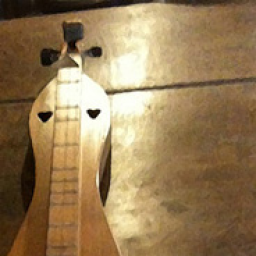Where have all the beginners gone, long time passing?
General mountain dulcimer or music discussions
Thanks, everyone, for your thoughts on this. Perhaps I should have specified more explicitly that my concern is about recruiting newbies while our festivals and club gatherings are online. I agree with many of the suggestions about setting up booths at other kinds of musical events, and we should do that once social distancing guidelines are no longer needed. But when we were able to meet in person, every festival I've ever attended had a decent crop of people who had never played before but were given a loaner instrument to use for the beginner workshops. Some of those people became enamored (as are many of us, I assume), eventually buying their own instruments and joining the community.
When my local dulcimer club was meeting in person, I almost always had a least one newbie every month. I specifically offered the first hour for a free beginner lesson, which allowed us to incorporate new people. I would always bring an extra dulcimer for them to use, too. Since we met at a music store there were often people who would see me setting up or playing a tune and ask about the instrument. I would sit them down, put an instrument in their lap, and show them a tune.
As my original post explains, similar spur-of-the-moment decisions could get newbies to come to festivals. I remember one newbie who borrowed a dulcimer I had brought as a loaner, completed her first workshop, and then asked me if she could buy it from me. I didn't sell it to her, but pointed her to a table where there were indeed dulcimers for sale. She bought one and is now a regular at regional festivals. That kind of experience could happen with in-person festivals, but it is not apparent how to replicate it online.
If we are all isolating at home and not interacting in music stores or town squares or the campus quad or the local coffeehouse, how can we reach people?
My fear is that the large, successful dulcimer festivals like Quarantune are great for providing the professionals an opportunity to make some money, which they badly need given the lack of gigs, and for allowing the many existing dulcimer enthusiasts to share their love of this humble instrument. But they do not appear to be good vehicles for the recruitment of newbies. Only people who already know about the dulcimer and already have an instrument would even know to register.
I've got to go now to send out an email about my dulcimer club's meeting later this month. No newbies will be getting my message.





